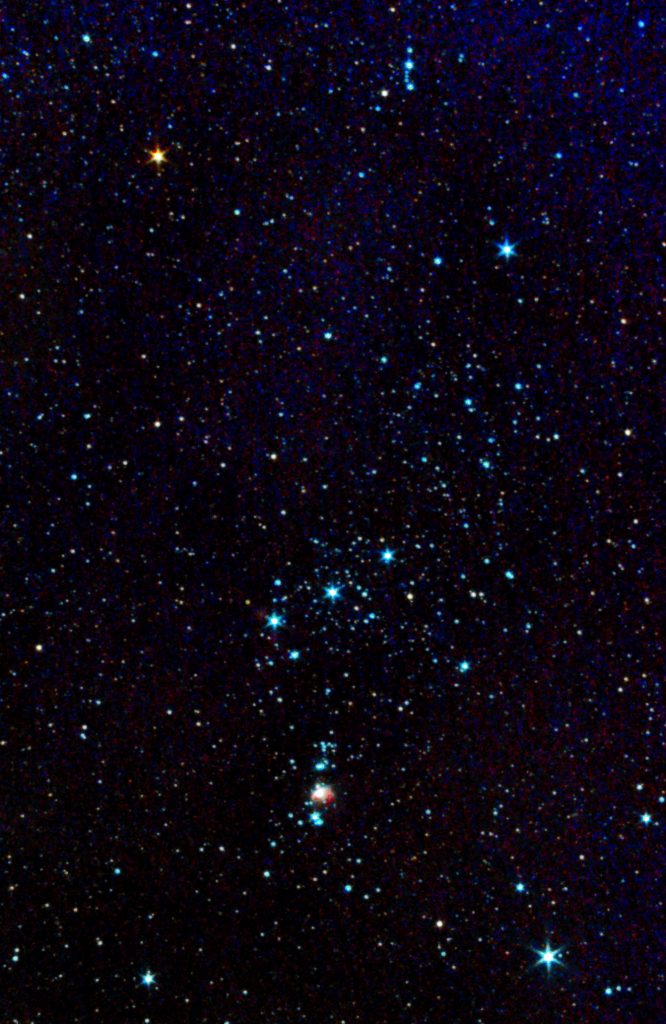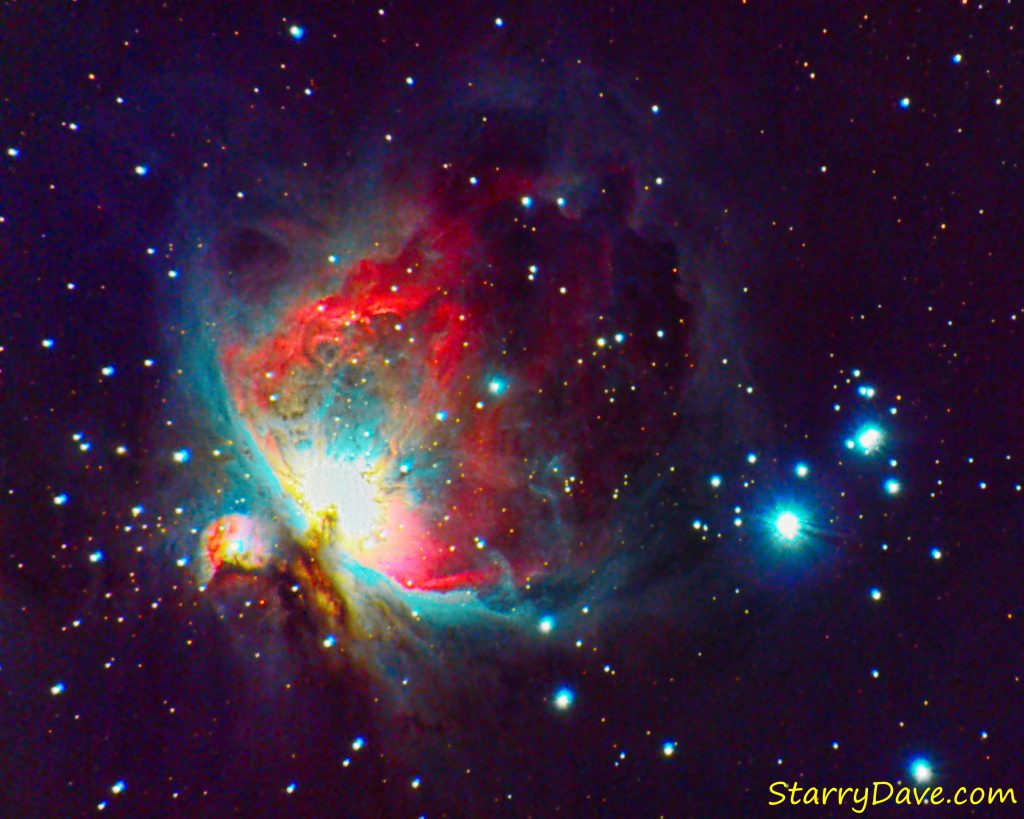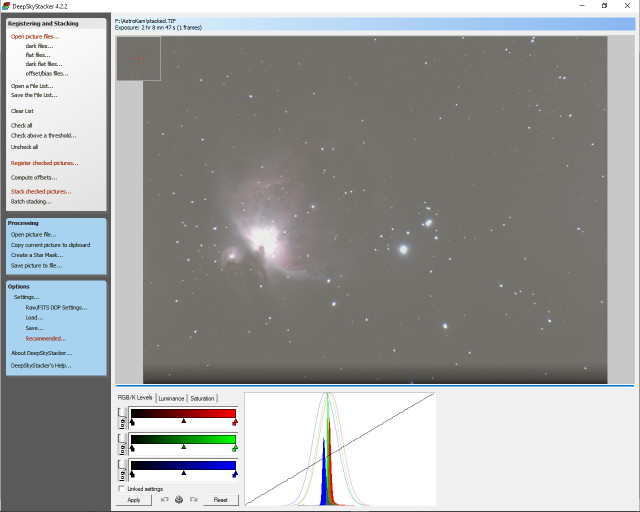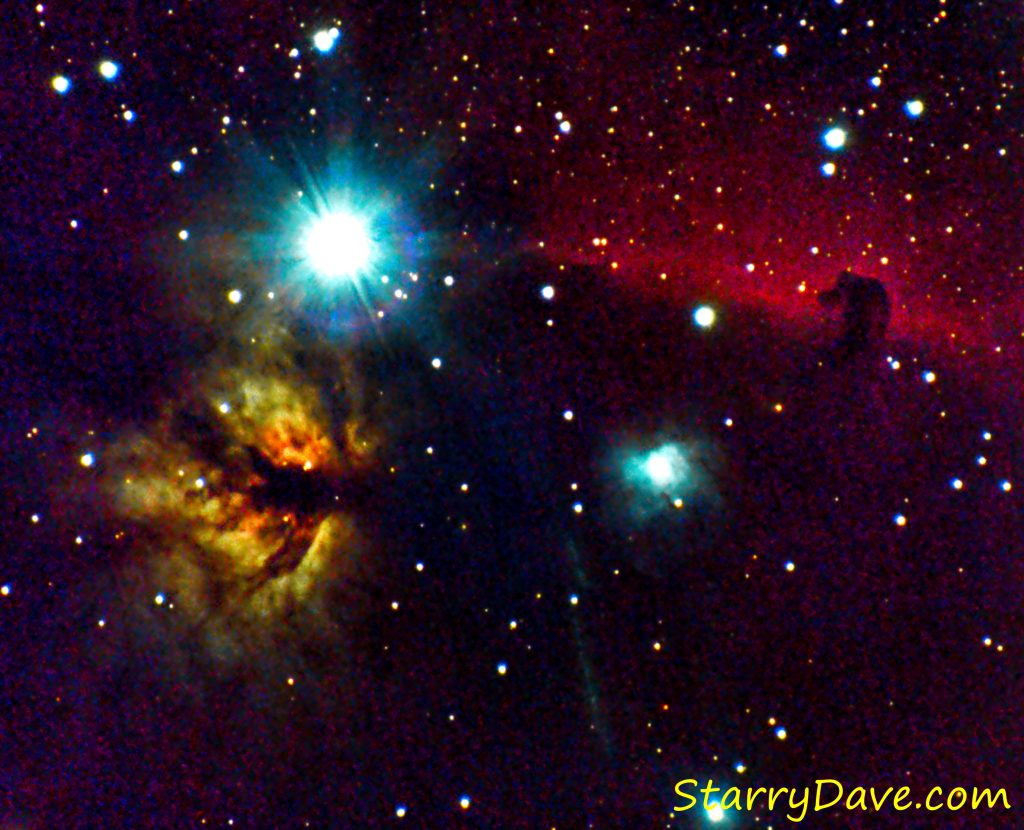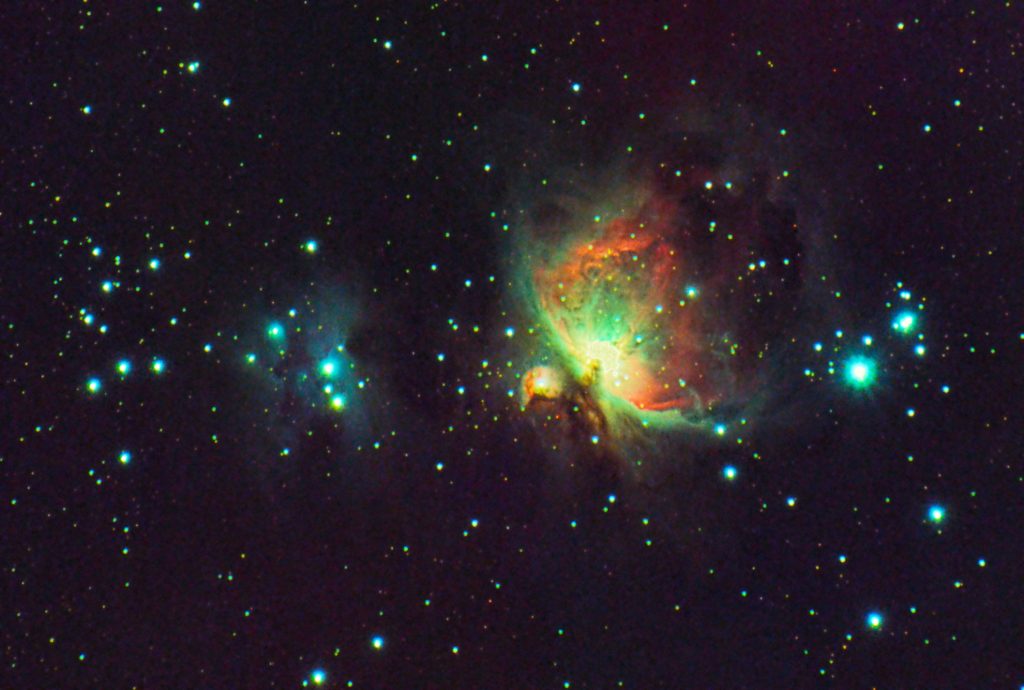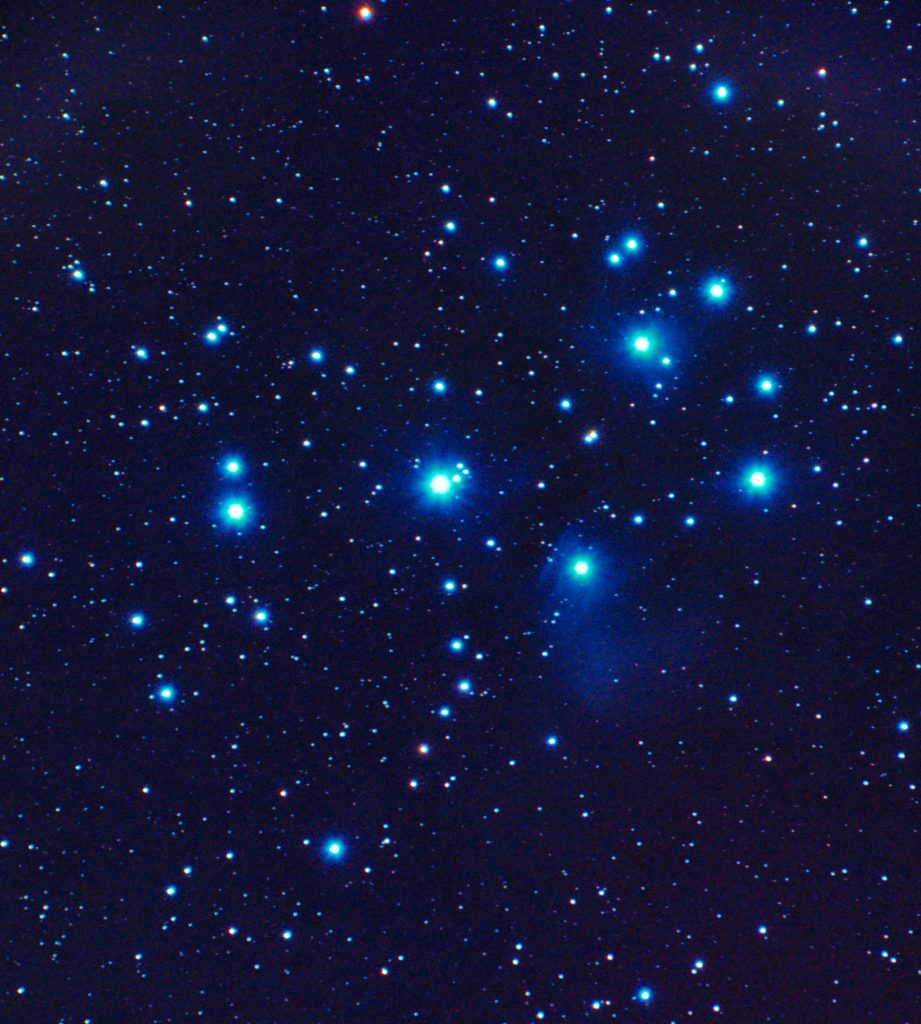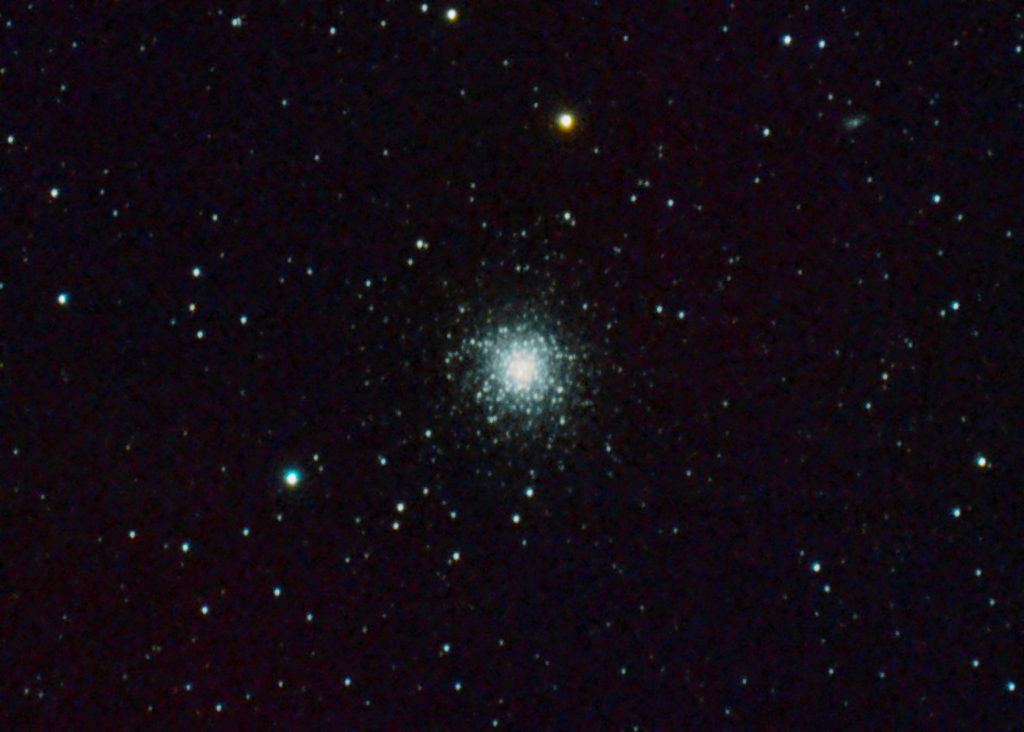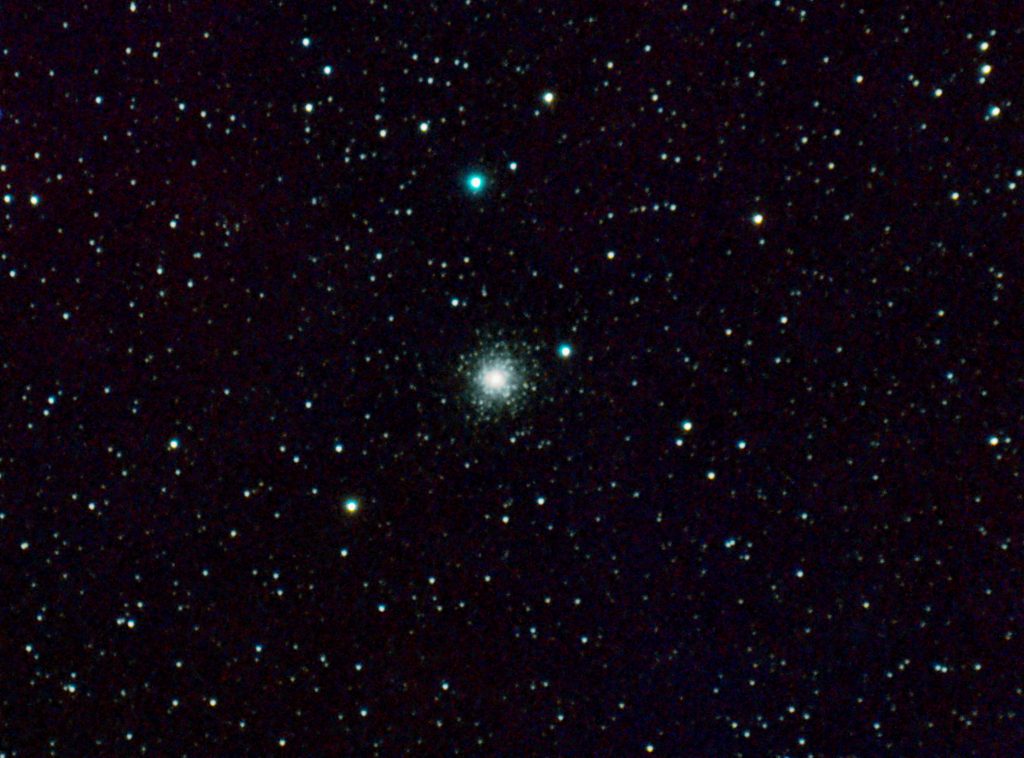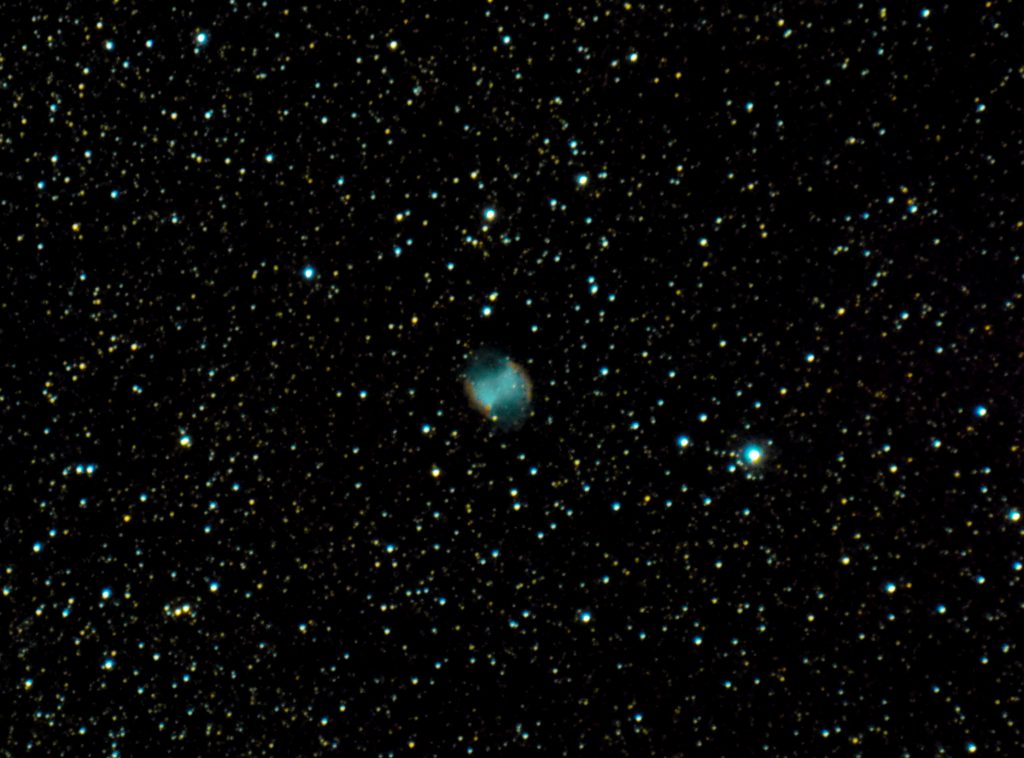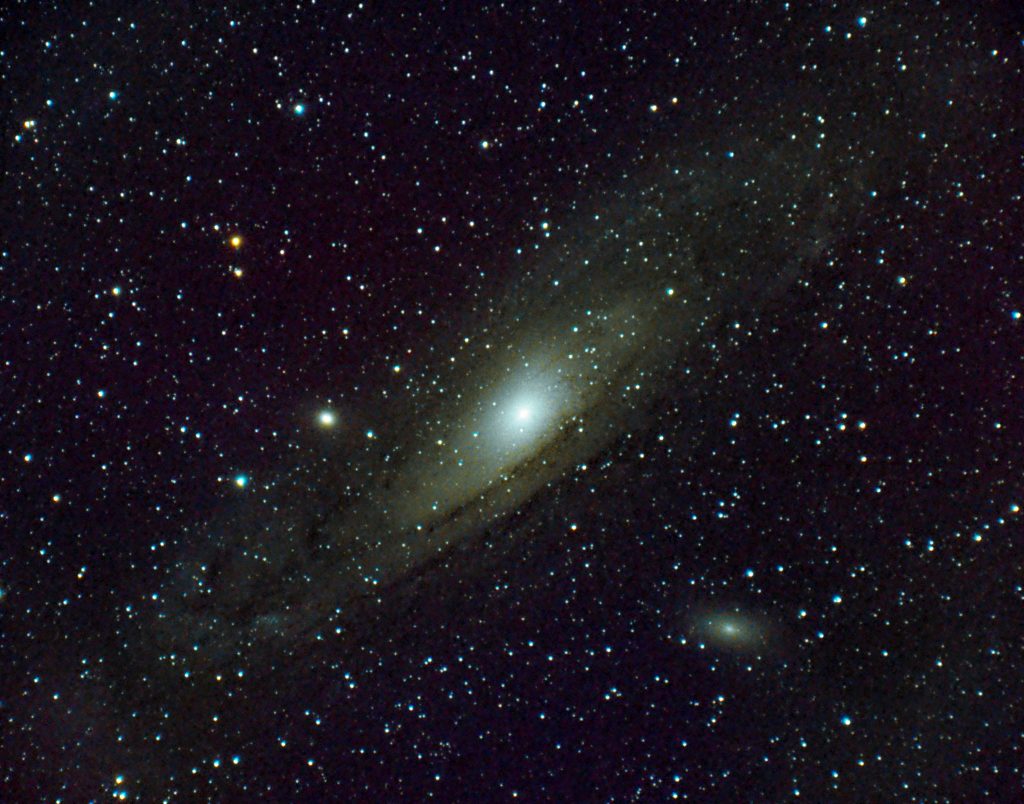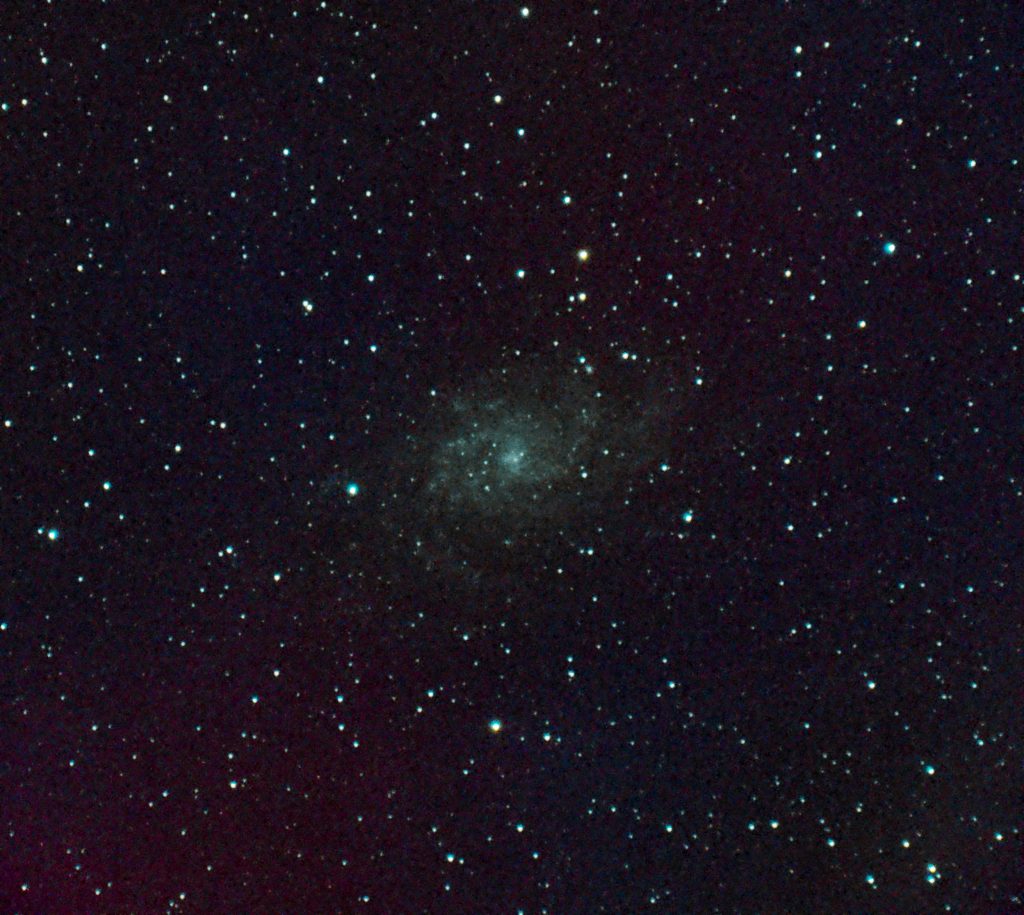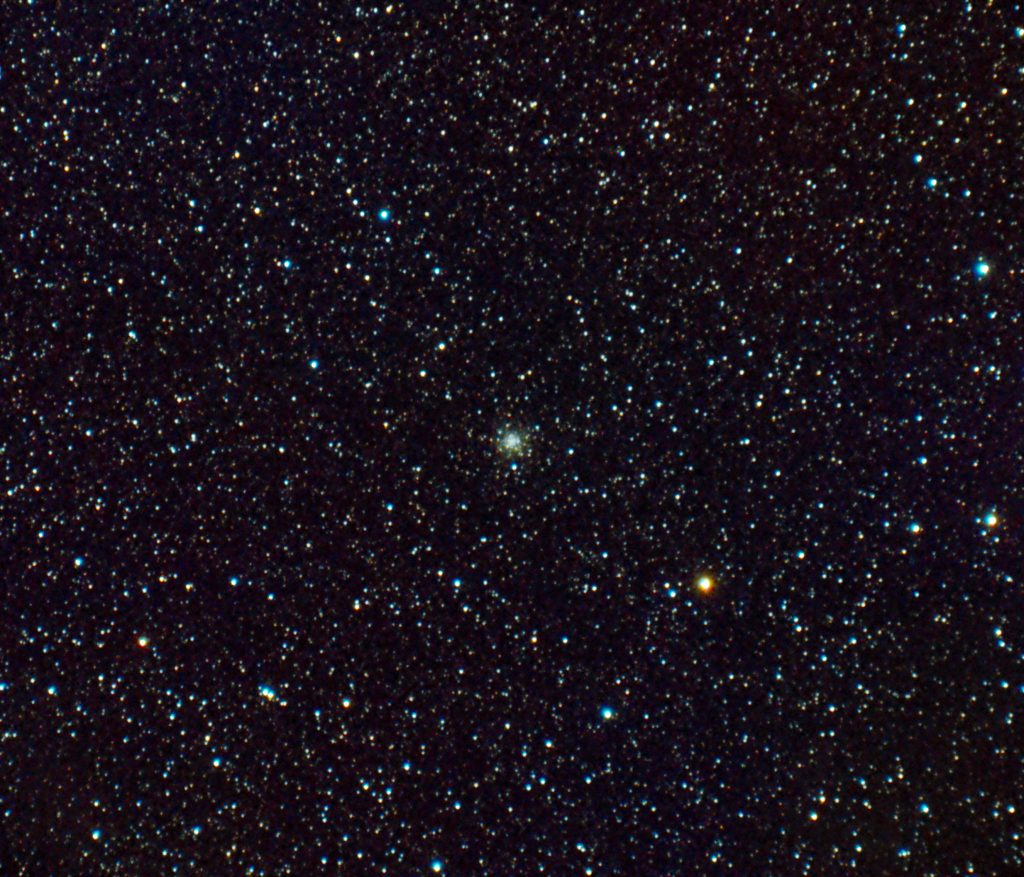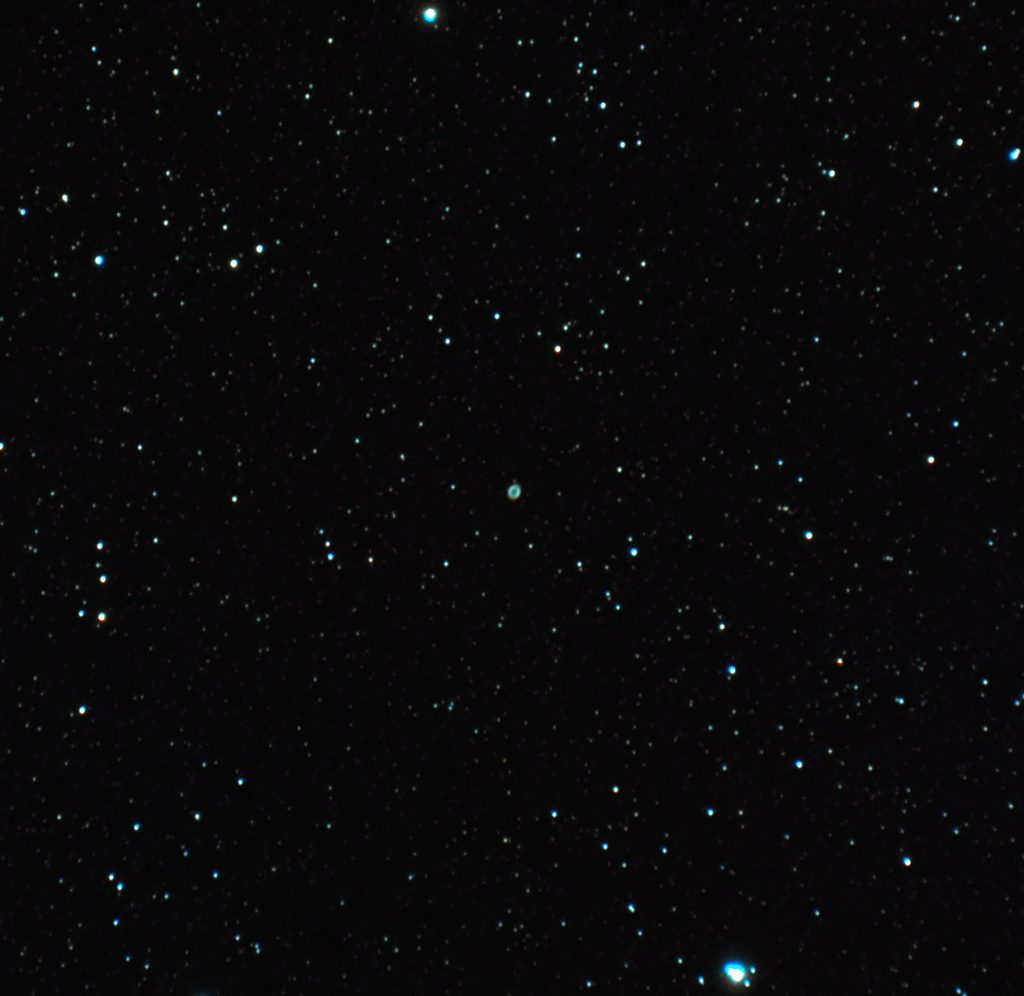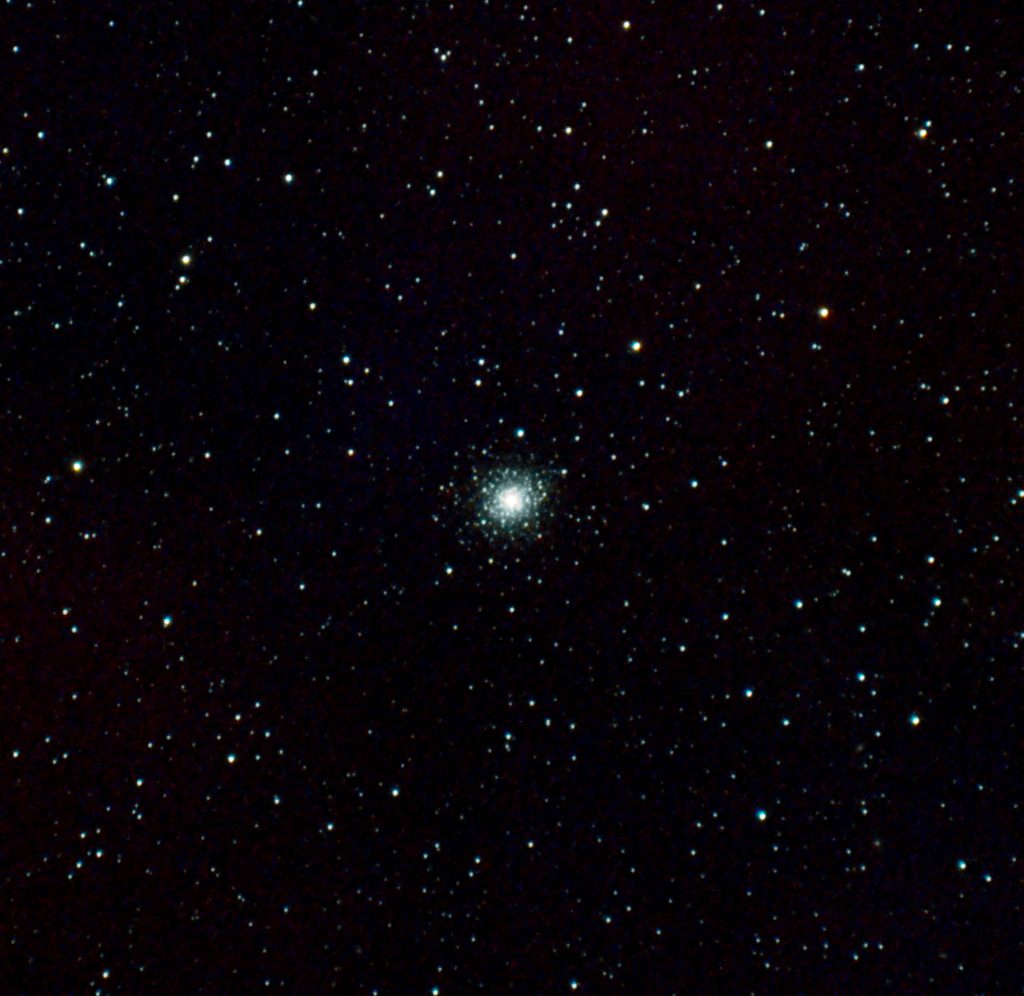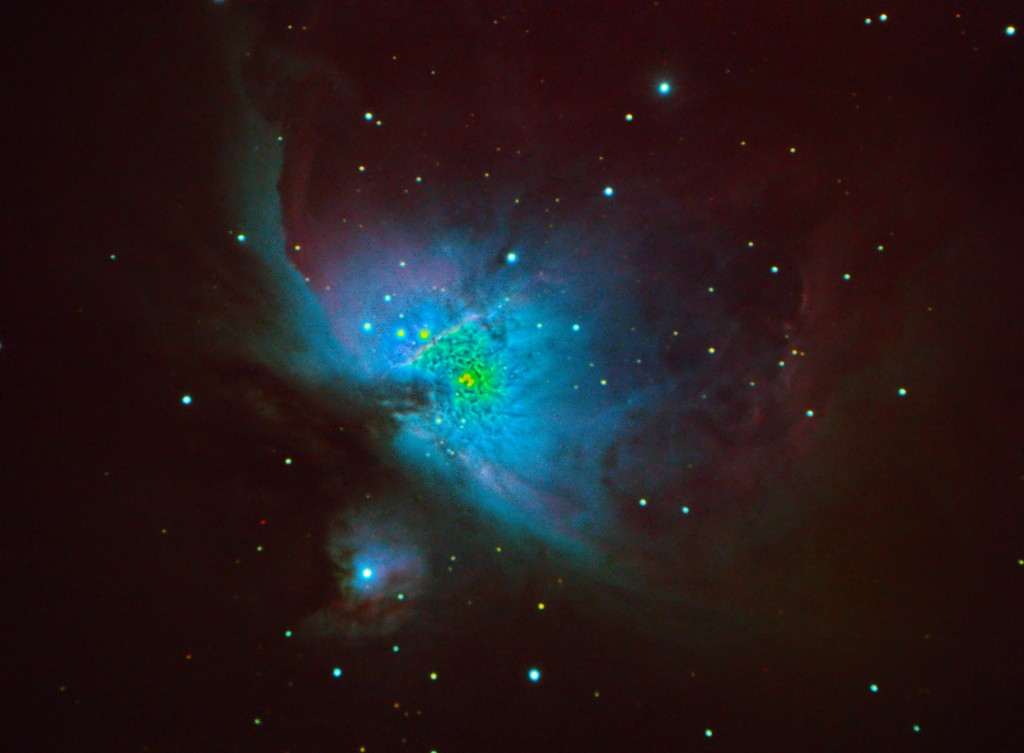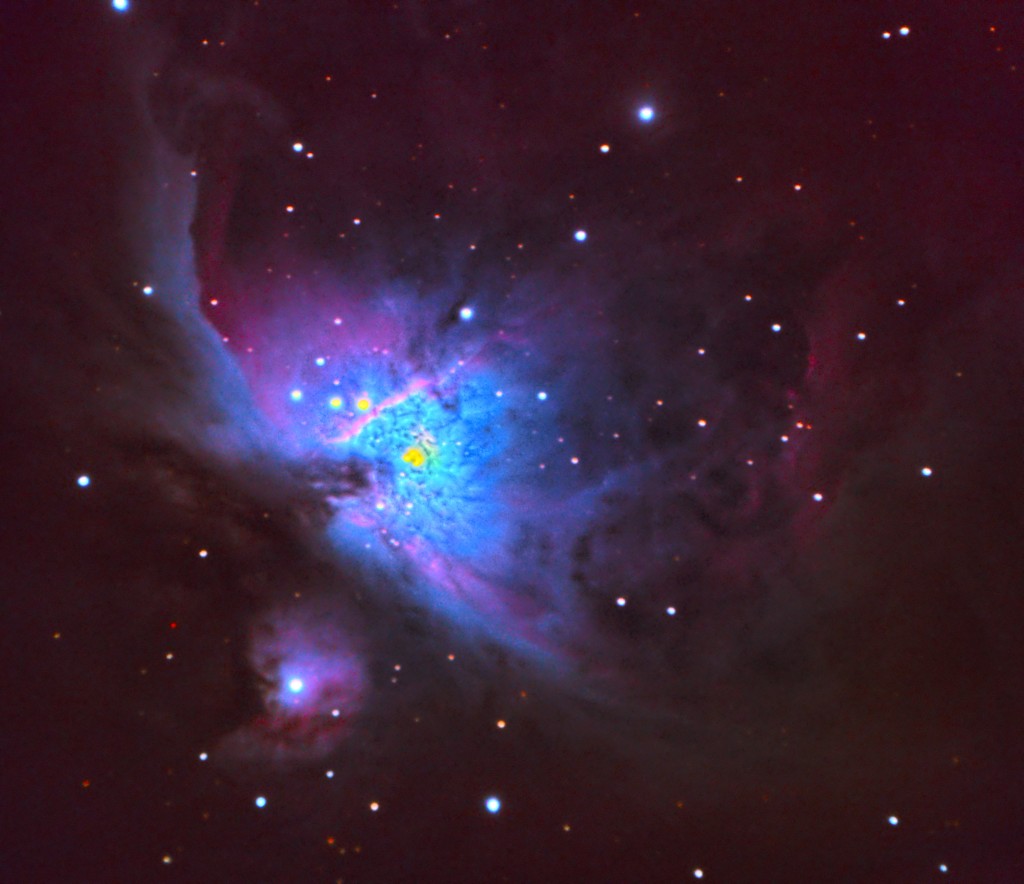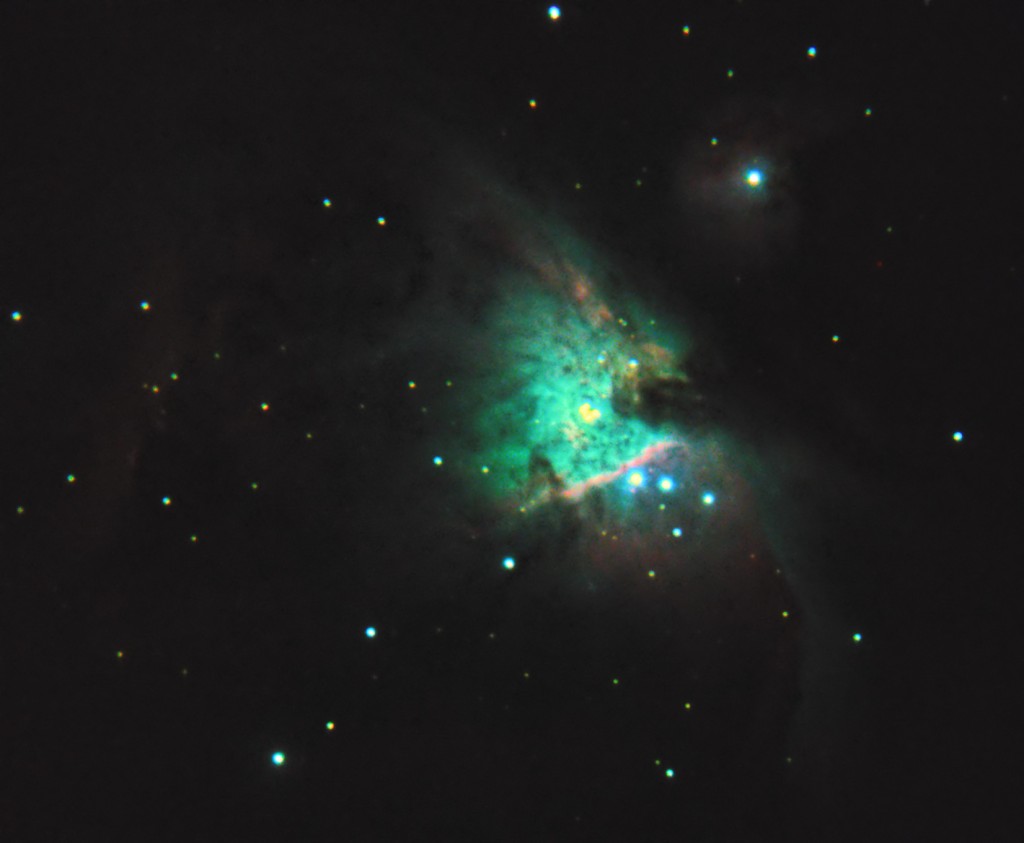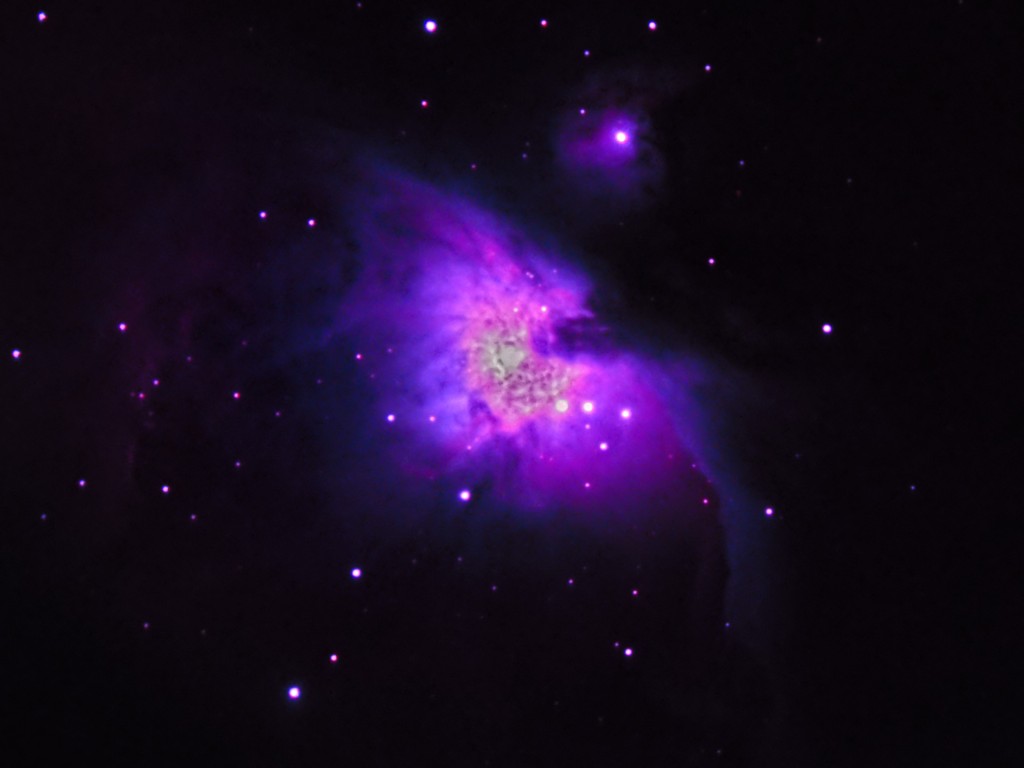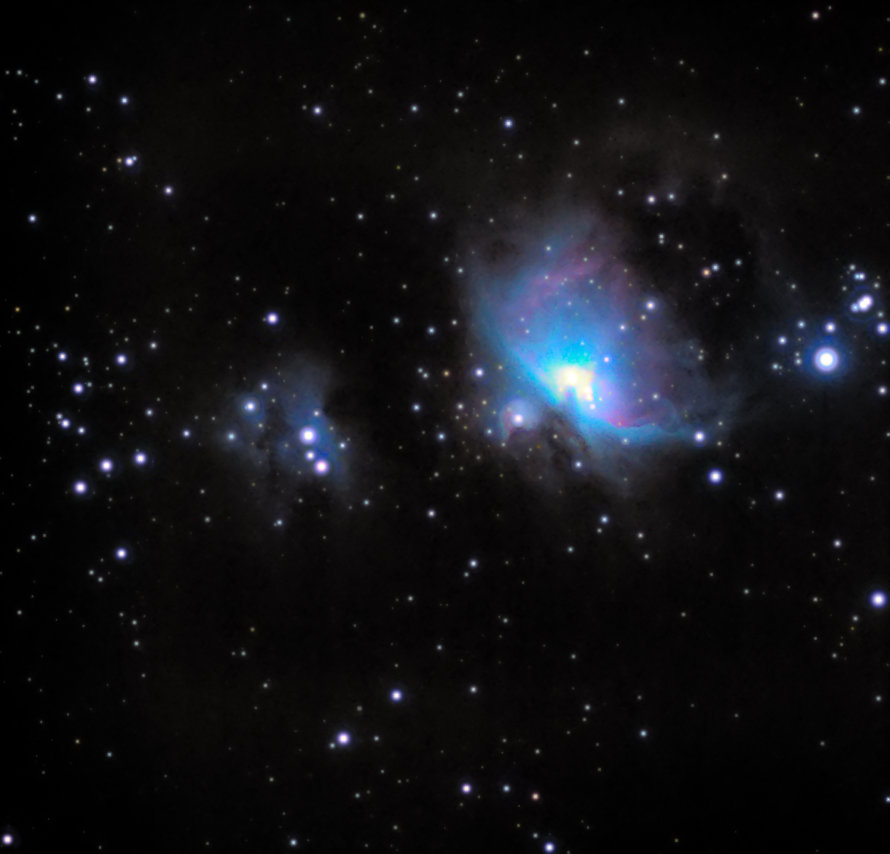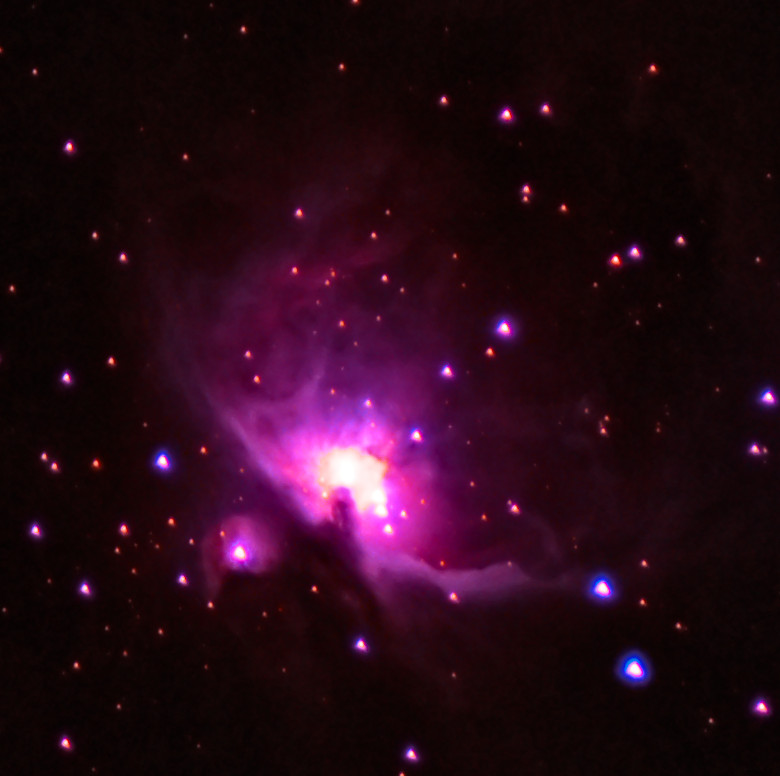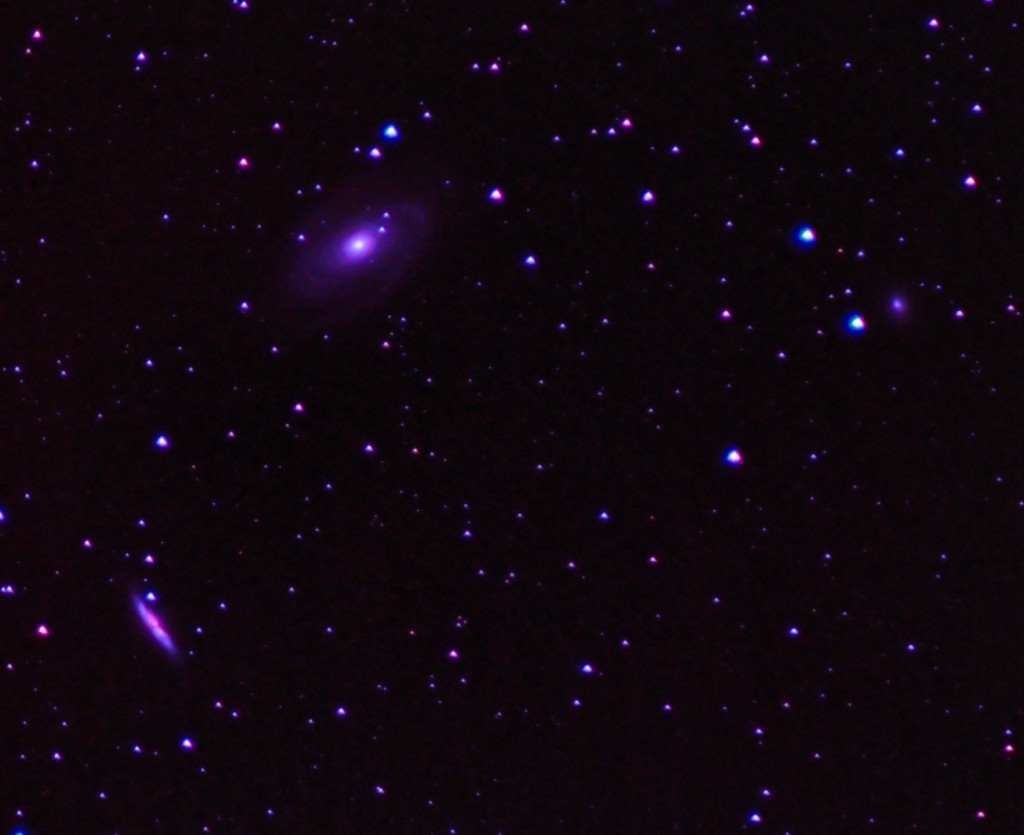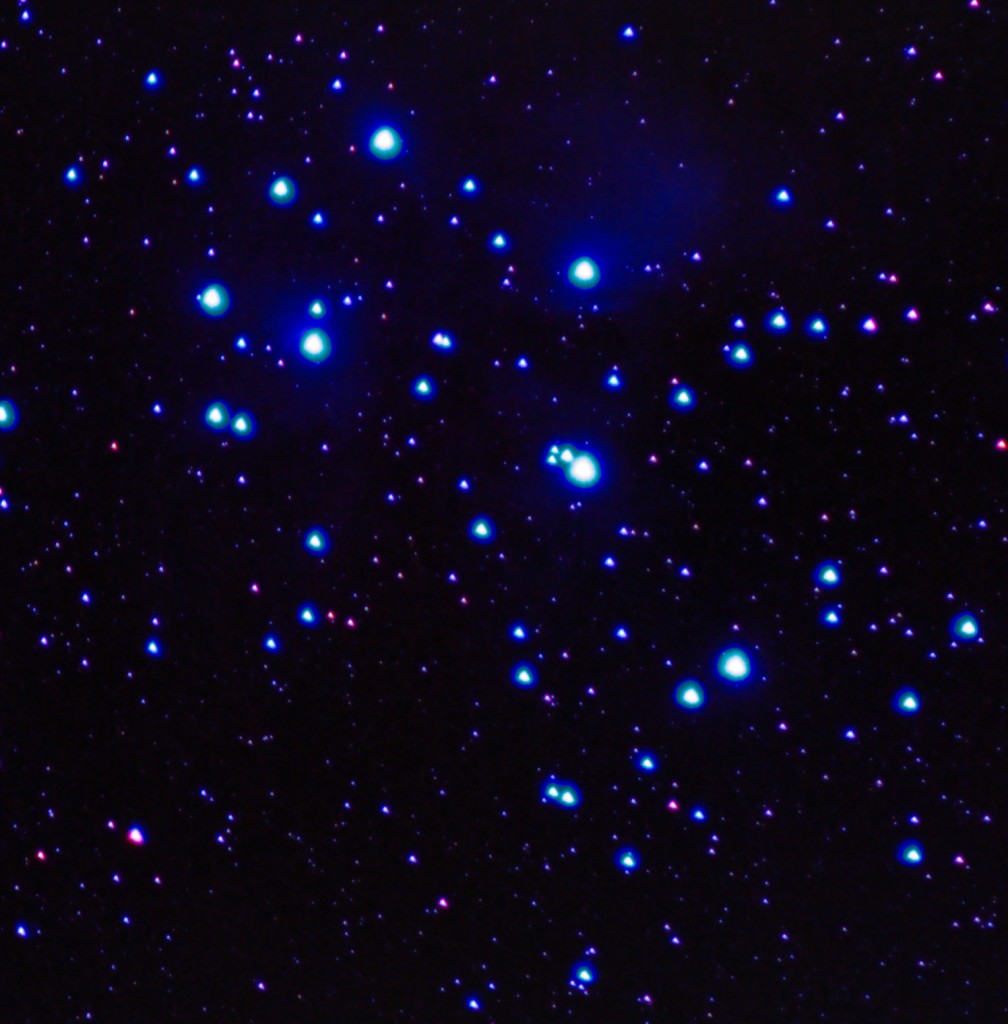I left AstroKam running overnight with my SX530HS recently and it worked great. I had set up an 8 target observing list in Cartes du Ciel and imported it into AstroKam with 60 minutes per target and 300 seconds per exposure. Darks and biases were set at 1 per 5 lights.
AstroKam automatically controlled PHD2 autoguiding and plate solved each target using All Sky Plate Solver to provide spot on aiming.
The next morning I used the sort module to remove any duff shots and satellite trails and then generate Deep Sky Stacker project files. These were then batch processed in DSS and processed in StarTools. Final touchup in Paint.Net and I got the results below.
These were all shot at 25x zoom so I can still zoom in to 50x for more detail.
